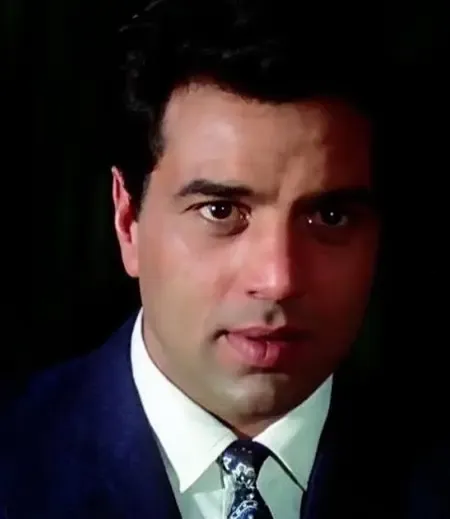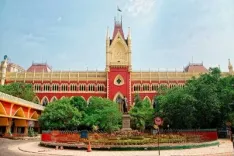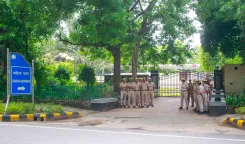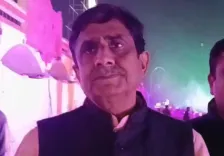How Did Dharmendra Portray the Bravery and Tragedy of the 1962 War?

Synopsis
Key Takeaways
- Haqeeqat is a seminal film in Indian cinema about the 1962 war.
- Dharmendra’s portrayal of Captain Bahadur Singh highlights the bravery of Indian soldiers.
- The film addresses the emotional conflict experienced by soldiers and their families.
- It showcases the harsh realities and sacrifices made during the Battle of Rezang La.
- Music and lyrics from the film evoke national pride and sentiment.
“120 Bahadur”, which highlights the unforgettable Battle of Rezang La during the 1962 India-China war, has recently been released. However, the first cinematic depiction of the bravery and resilience of the outnumbered Indian soldiers in the frigid landscapes of Ladakh can be traced back nearly sixty years, featuring Dharmendra in a leading role.
Chetan Anand's “Haqeeqat” (1964) is regarded as one of the finest war films in the Indian film industry, drawing inspiration from the battle where the Ahir company of 13 Kumaon, under the formidable Major Shaitan Singh, confronted a Chinese force that greatly outnumbered them. Despite being surrounded, they caused significant casualties to the enemy, with 95% of their formation ultimately being lost.
In this film, Dharmendra portrays Captain Bahadur Singh, a character inspired by Major Singh, while his superior, Major Ranjit Singh, is portrayed by Balraj Sahni.
The overall commander, Brigadier Singh, is played by the remarkable Jayant and is based on the then Chushul Brigade commander (and future Army chief), Brigadier T.N. Raina. In a poignant twist, the Brigadier is also depicted as the father of Captain Singh, illustrating the internal conflict of a commander who must send his own son into danger, torn between duty and paternal instincts.
The film’s conclusion is predictable – Dharmendra, as Captain, and a local Ladakhi woman he befriends, perish while battling overwhelming odds, with the officer heroically remaining behind to cover his men’s retreat, which ultimately proves futile as most of them also fall.
This is poignantly depicted in a montage showing the soldiers' bodies scattered across the desolate landscape, the sorrow of their families, and the national support for the war, all underscored by the somber yet inspiring song “Kar chale ham fida jaan-o-tan sathiyon, Ab tumhare hawale vatan sathiyon”, beautifully sung by Mohd Rafi, with lyrics by Kaifi Azmi and composition by Madan Mohan.
The film, shot in the stark landscapes of Ladakh, remains unwavering in its portrayal of the hardships and tragedies of war, receiving widespread acclaim despite some criticisms.
Some of the real-life survivors of the Battle of Rezang La expressed their concerns about aspects of the film, with one veteran recounting how he walked out midway due to the portrayal of the platoon wearing the Punjab Regiment insignia instead of that of the Kumaon Regiment.
Director Chetan Anand, despite receiving support from the Indian Army and Air Force for filming in Ladakh, faced a financial shortfall of Rs 10,000. An associate suggested he approach then Punjab Chief Minister Partap Singh Kairon for assistance. Anand did so, and Kairon promptly approved Rs 2 lakh, requesting that the contributions of Punjab’s soldiers also be honored.
“Haqeeqat”, which marked the early phase of Dharmendra’s career, isn’t the only time he portrayed a soldier. Less than ten years later, he donned a Navy uniform in “Tum Haseen Main Jawaan” (1970) and later appeared again in military attire as Major Ram Kapoor in Ramanand Sagar’s “Lalkaar” (1972), which depicted operations in Burma against the Japanese during World War II.
In an upcoming role, Dharmendra will be posthumously featured in “Ikkis” as Brigadier M.L. Khetarpal (retd), the father of the valiant cavalryman 2nd Lt Arun Khetarpal, who was awarded the Param Vir Chakra for his gallant actions in the Battle of Basantar during the 1971 India-Pakistan war, losing his life in the process.
(Vikas Datta can be contacted at vikas.d@ians.in)









